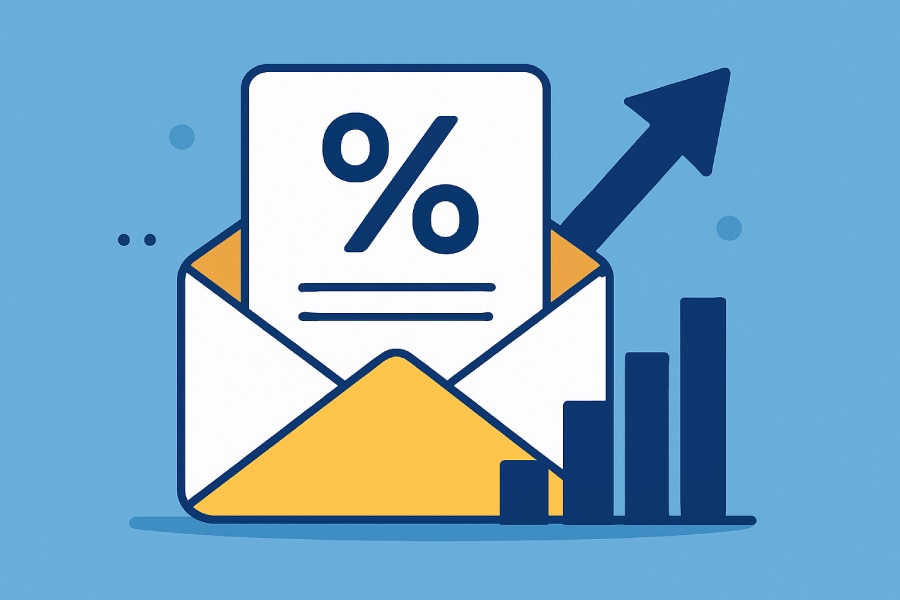How To Improve Sales Email Conversion Rates: Expert Tips For Marketers
Maximizing sales email conversion rates is a pivotal challenge for modern marketers, whether you’re engaged in B2B eCommerce, B2C campaigns, or lead generation within Professional Services. With evolving customer behavior, multiple marketing channels, and an increasingly complex customer journey, it is crucial to employ advanced tactics and utilize accurate measurement frameworks to outpace industry benchmarks. This guide will explore the foundational strategies you need to master—from understanding key metrics to tailoring hyper-personalized communication for your prospective buyers.
Understanding Sales Email Conversion Rates: Key Metrics and Benchmarks
Email marketing remains one of the most powerful channels to drive sales, with exceptional potential for a high email ROI. However, realizing this value demands close attention to your email conversion rate and related metrics. The email conversion rate—the percentage of recipients who complete a desired action (such as making a purchase) after clicking through an email—serves as a vital indicator of your email marketing strategy’s success.
Key Email Metrics to Track
To accurately evaluate campaign performance, marketers should prioritize a comprehensive set of email metrics:
- Open Rate: Reflects the percentage of recipients who open your email. High open rates are driven by compelling subject lines and strong sender reputation.
- Click-Through Rate (CTR): Measures the proportion of recipients who click on links in your email, revealing engagement levels.
- Click-to-Open Rate (CTOR): Indicates the effectiveness of your email copy and design by showing the proportion of openers who click.
- Bounce Rate: The percentage of emails that are not delivered, impacting both list health and email deliverability.
- Unsubscribe Rate: Tracks the number of users who opt out from your emails, crucial for maintaining list hygiene.
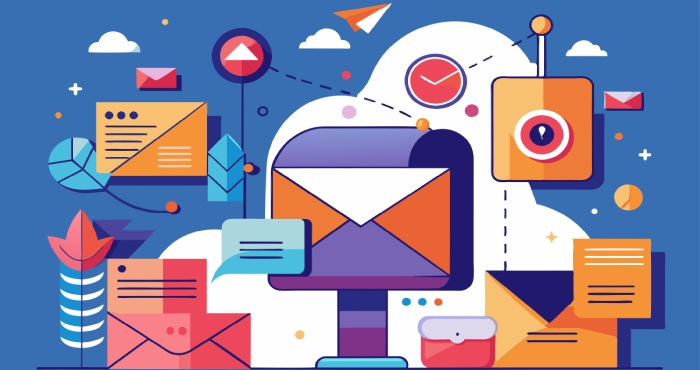
Conversion Rate Benchmarks by Industry
Conversion rate benchmarks vary widely. According to Statista and Campaign Monitor, the average email conversion rate across industries broadly ranges from 1% to 5%. Retail email campaigns, B2B email efforts, and specialized verticals like the Grocery Industry may experience different averages. For example, Ominisend and Bloomreach report that well-segmented, personalized campaigns consistently outperform generic sends. Understanding these benchmarks provides a reference point for evaluating your own email performance.
ROI and Performance Tracking
Accurately tracking conversion requires a strong focus on conversion tracking and analytics. Integrating tools like Bloomreach Engagement or email analytics platforms from providers such as Email Tool Tester allows you to attribute sales, calculate order value, and determine the overall ROI of each email campaign. This ongoing evaluation supports smarter optimization decisions and campaign performance measurement.
Segmenting Your Audience for Personalized Communication
Segmentation is foundational for increasing both email conversion rate and engagement. Relying on generic broadcasts often results in low click-through rates and a higher bounce rate.
Types of Segmentation
- Demographic: Gender, age, location.
- Behavioral: Past purchases, browsing activity, purchase frequency, and order value.
- Lifecycle Stages: New subscribers, recent buyers, inactive subscribers.
- B2B Segmentation: Company size, industry, role (key for B2B Distributors and B2B Manufacturers).
Behavioral segmentation—tailoring campaigns to reflect specific customer behavior—can drastically improve the relevance and performance of your emails. As highlighted by Whisker and Oliver Bonas, leveraging contextual personalization in automated email flows, such as abandoned cart reminders or post-purchase email sequences, increases both response and conversion rates.
Best Practices in Segmentation
- Use subscriber segmentation based on customer journey stages to deploy customer-centric campaigns.
- Employ AI personalization or platforms like Bloomreach to dynamically adjust content for each segment.
- Maintain list hygiene by suppressing or re-engaging inactive subscribers with targeted re-engagement campaigns, improving your list health and reducing unsubscribe rate.
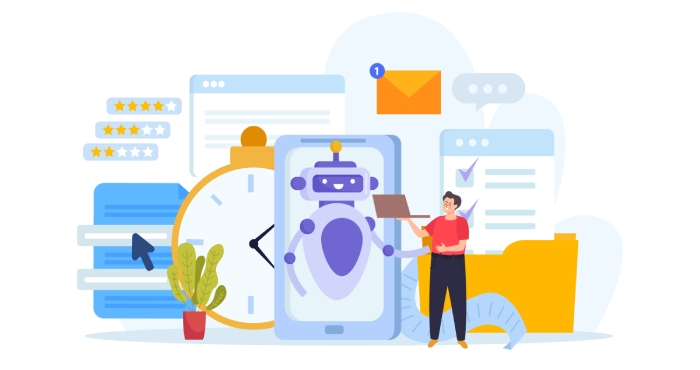
Crafting Compelling Subject Lines That Drive Opens
The subject line remains the first—often only—opportunity to compel users to engage. With inboxes increasingly competitive, investing in personalized subject lines and leveraging preview text is essential.
Elements of High-Impact Subject Lines
- Personalization: Use recipient names or recent activity (e.g., “A special selection for you, Jane”).
- Urgency and Relevance: Highlight time-sensitive offers or personalized recommendations tailored to the customer’s behavior.
- Clarity: Avoid ambiguity. Clearly state the benefit or value.
Retailers like Oliver Bonas and bimago have seen lifted open rates through A/B testing different subject line formulas, including questions, numbers, and emojis, as detailed in case studies by SQ Magazine and flowium. Preview text further supports clarity and entices deeper engagement.
A/B Testing Subject Lines
Experimentation is critical. Use tools such as Loomi or mailoptin for A/B testing subject lines and preview text. Test variations regularly, and use insights from email analytics to optimize open rate and ultimately the email conversion rate.
Writing Persuasive Email Copy That Engages and Converts
Beyond getting opened, an email must guide readers with engaging, persuasive copy toward a clear call-to-action.
Strategies for High-Performing Email Copy
- Value Proposition: Immediately convey what’s in it for the reader, using succinct messaging aligned with their interests, as shaped by segmentation and personalization.
- Scannable Layout: Use short paragraphs, bullet points, bolding, and white space to cater to mobile-first audiences and improve readability.
- Storytelling: Weave in brief stories or customer-centric narratives to make the content relatable, as demonstrated by effective retail email campaigns.

Calls-to-Action (CTA) That Convert
- Place a call-to-action button (“Buy Now,” “Claim Offer,” etc.) prominently, ensuring it stands out visually with contrasting colors.
- Limit to a single, clear CTA to avoid choice paralysis and increase click-through rate.
Email automation facilitates sending behaviorally triggered messages—such as a welcome email or reminders for gated content—that use tailored copy for higher conversion optimization.
Optimizing Email Design and Layout for Maximum Impact
Design and layout directly impact both user experience and conversion rates. Striking a balance between functionality, aesthetics, and technical deliverability best practices is crucial for sustained email performance.
Responsive, Mobile-First Design
With most emails opened on mobile devices, responsive design is non-negotiable. Platforms like emercury and InboxAlly stress the importance of mobile-first templates to maximize both open rate and CTR.
Conversion-Optimized Layout
- Ensure a clear visual hierarchy: Heading, key message, supporting details, and a strong call-to-action.
- Use a scannable layout optimized for quick comprehension.
- Employ visuals that reinforce the offer, but compress images to reduce load times and improve email deliverability.
Improving Deliverability and Reducing Bounce Rate
Consistent list hygiene—removing invalid emails and managing opt-in permissions—protects sender reputation and enhances deliverability. Employing industry best practices, such as double opt-in and monitoring bounce and unsubscribe rate, preserves long-term list health.

Monitoring Email Performance
Regular reporting on email metrics—open rate, CTR, conversion rate benchmarks, bounce rate—paired with ongoing email performance tracking and conversion tracking, allows you to identify underperforming elements and iterate your email marketing strategy. The resulting insights support higher overall email ROI and enable sustained conversion optimization.
Armed with these strategies—rooted in thorough analysis, the latest industry benchmarks, and proven case studies from entities like Bloomreach, Whisker, and B2B leaders—marketers can systematically improve their sales email conversion rate, unlocking greater revenue and customer engagement.
Leveraging A/B Testing to Refine Your Approach
The Importance of A/B Testing in Email Marketing
A/B testing is a foundational principle in modern email marketing strategy, enabling marketers to systematically optimize each element of an email campaign. Whether you’re trying to boost your open rate or click-through rate, the ability to compare test variations side by side provides actionable insights that drive measurable improvements in email conversion rate. When done correctly, A/B testing can dramatically increase email ROI, as demonstrated by successful retailers like Oliver Bonas and Proffsmagasinet, who routinely use segmented tests to refine their retail email campaigns.
Elements to Test for Maximum Conversion
When launching an A/B test, focus on high-impact variables such as the subject line, email copy, call-to-action button, personalization level, and send time. For example, A/B testing personalized subject lines against generic ones will reveal what resonates best with your audience and directly affects your open rate and click-to-open rate. Similarly, testing the positioning or color of your call-to-action button can enhance the email conversion rate by making the desired action more accessible and appealing.
Incorporating AI and Automation in A/B Testing
Platforms like Bloomreach Engagement and flowium offer automated email flows with built-in A/B testing capabilities, leveraging AI to predict customer behavior and recommend contextually relevant content. AI personalization extends beyond basic fields and allows for dynamic content blocks, tailored product recommendations, and real-time adjustments based on recipient actions or preferences.
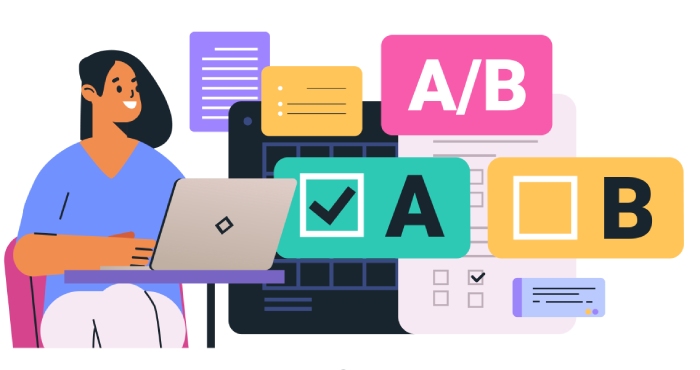
Best Practices for Test Validity
To achieve accurate results, ensure each email campaign test includes a large enough subscriber segmentation to be statistically significant. Always test one variable at a time to isolate the effect, and compare results against current conversion rate benchmarks from reliable sources like Campaign Monitor or Ominisend. Apply these learnings to future campaigns for ongoing conversion optimization.
Using Data and Analytics for Continuous Improvement
The Role of Advanced Email Analytics
Comprehensive email analytics are essential for measuring, understanding, and improving email performance over time. Key email metrics—such as open rate, click-to-open rate, bounce rate, unsubscribe rate, and conversion tracking—should be monitored rigorously to assess the impact of your initiatives and the health of your list hygiene.
Interpreting Conversion Metrics and Benchmarks
Tracking metrics against industry benchmarks—available from Email Tool Tester, Statista, and SQ Magazine—provides context for your results. Benchmarking your email conversion rate, click-through rate, and bounce rate with comparable businesses (whether B2B Distributors, B2B Manufacturers, or the Grocery Industry) helps identify gaps and opportunities in your email marketing strategy.
List Health and Engagement Tracking
Maintaining list health is critical for ongoing email deliverability. Regularly monitor inactive subscribers, remove hard bounces, and run a re-engagement campaign using tailored content or gated content to revive dormant contacts. Proactively monitoring unsubscribe rate will safeguard deliverability best practices and keep your audience engaged.
Visualizing and Reporting with Automation
Platforms like Bloomreach, mailoptin, and InboxAlly facilitate granular performance tracking and automate email analytics reporting. Their dashboards enable teams to quickly visualize trends, conduct conversion optimization via automated alerts, and implement data-driven decisions for future automated email flows.
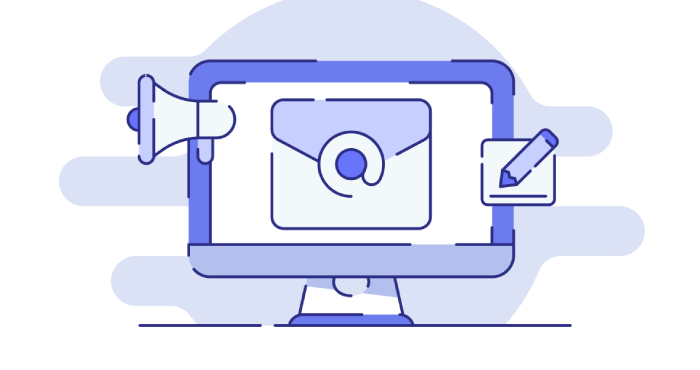
Timing and Frequency: Finding the Optimal Sending Strategy
Identifying Peak Engagement Times
The optimal timing and frequency of campaigns can significantly influence your email conversion rate. Leverage historical data and automated email marketing platforms to determine when subscribers are most likely to open and engage with your campaigns. For instance, segmenting send times by region or customer journey stage—such as targeting a welcome email during weekday mornings or abandoned cart reminders after business hours—has proven to elevate open rate and click-through rate.
Frequency and Customer Experience
Balancing the frequency of campaigns is essential to avoid overloading subscribers, which may lead to higher unsubscribe rates or increased bounce rates due to disengaged contacts. Effective email segmentation and behavioral segmentation allow you to send more relevant, targeted content at an ideal cadence, thereby enhancing email engagement and preserving list hygiene.
Adaptive Sending and AI-Powered Triggers
Leverage AI personalization and email automation tools to adapt the frequency of campaigns to individual preferences and behaviors, such as using predictive analytics to adjust the timing of re-engagement campaigns or post-purchase emails. This contextual personalization drives better campaign performance and fosters customer-centric campaigns.
Personalization Tactics Beyond the First Name
Dynamic Content and Behavioral Segmentation
Modern email marketing now centers on deep personalization tactics that extend far beyond just using a recipient’s first name. Dynamic content, powered by data and behavioral segmentation, enables marketers to tailor messages based on purchase frequency, order value, previous interactions, and stage in the customer journey. For example, bimago and Whisker use Bloomreach Engagement to implement automated, contextual personalization tied to subscribers’ browsing, purchasing, and engagement history—all while ensuring even Nureply messages maintain relevant, personalized value.
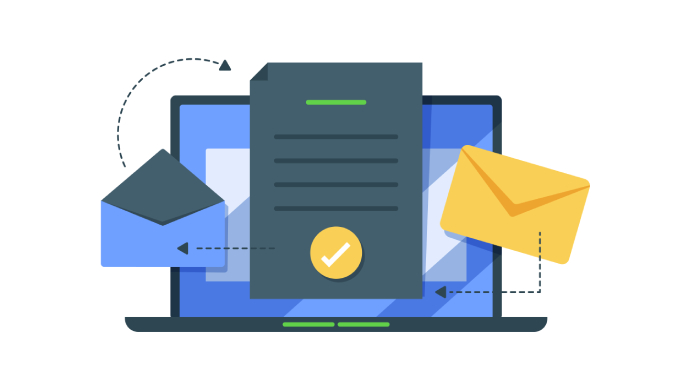
Contextual and AI-Powered Personalization
AI personalization allows for predictive recommendations and individualized product offerings within a single email campaign, adapting on the fly to real-time customer behavior. By using insights from email analytics and conversion tracking, companies can make each interaction highly relevant, which leads to a higher email conversion rate and improved email ROI.
Design and Content Considerations
Effective personalization also involves scannable layout design and a mobile-first, responsive design ethos. Personalized subject lines, adaptive preview text, and content blocks anchored in gated content or exclusive offers drive better open rate and click-through rate—especially for B2B email and retail email campaigns.
Avoiding Common Sales Email Mistakes and Compliance Pitfalls
Key Mistakes that Harm Performance
Sales-focused emails often suffer from errors such as a weak subject line, lack of clear call-to-action, excessive frequency, or failure to respect subscriber segmentation. These mistakes negatively impact open rate, click-through rate, and subsequently the email conversion rate. Inconsistent branding, unengaging preview text, and non-responsive design can also increase bounce rate and diminish the effectiveness of your campaigns.
The Importance of List Hygiene and Deliverability
Poor list health and neglected list hygiene practices can lead to deliverability problems, including higher bounce rates and reduced inbox placement. Using opt-in verification, regular pruning of inactive subscribers, and following deliverability best practices recommended by platforms like emercury and InboxAlly ensure your messages consistently reach the intended audience.
Compliance and Ethical Considerations
Respecting anti-spam regulations (such as GDPR or CAN-SPAM) is critical for both compliance and reputation. Each email campaign should include a clear and accessible unsubscribe link to manage unsubscribe rate ethically. Transparency about data usage, honoring opt-in preferences, and providing value in every message are essential elements of a compliant and trusted email marketing strategy.

Monitoring and Course Correcting
Regularly conduct A/B testing, monitor campaign performance against industry benchmarks, and audit your conversion formula to mitigate risks and maximize conversion rate optimizantion. Automated alerts for deliverability or engagement drops, deployed via email marketing automation tools, help identify compliance issues or mistakes before they impact overall campaign performance.
FAQs
What is a good email conversion rate benchmark?
A “good” email conversion rate varies by industry and campaign type but typically ranges from 1% to 5% according to Campaign Monitor and Statista. Comparing your rate to niche-specific conversion rate benchmarks is essential for evaluating performance.
How often should I send marketing emails to my list?
There’s no one-size-fits-all answer; optimal frequency depends on your audience, campaign goals, and segmentation. Start with 1-2 emails per week, monitor unsubscribe rates and engagement, and adjust based on your email analytics data.
How can I improve my email open rate and click-through rate?
Prioritize engaging subject lines, personalized content, compelling preview text, and clear call-to-action buttons. Consistent A/B testing and list segmentation can further optimize your open rate and click-through rate over time.
What are some best practices for list health and list hygiene?
Regularly remove invalid or inactive subscribers, use confirmed opt-in, and monitor bounce rates. Maintain engagement with re-engagement campaigns and keep your email list clean with deliverability best practices.

How does segmentation improve email conversion rate?
Segmentation enables you to send more relevant, timely content to specific audience groups, boosting both email engagement and email conversion rate. Behavioral segmentation, in particular, aligns emails with user actions for higher impact.
Why is email automation important in modern campaigns?
Email marketing automation saves time by sending timely, targeted messages (like welcome emails, abandoned cart reminders, or post-purchase emails) based on triggers or schedules, thereby increasing the effectiveness and ROI of your campaigns.
What mistakes should I avoid in sales email campaigns?
Avoid generic subject lines, unclear call-to-action, over-emailing, neglecting mobile-first and responsive design, and failing to honor unsubscribe requests. These mistakes reduce engagement and can hurt your sender reputation.
Key Takeaways
- Consistent A/B testing across subject lines, content, and send times is crucial for optimizing email conversion rates and meeting industry benchmarks.
- Leveraging analytics and tracking core email metrics (open rate, click-through rate, bounce rate) empowers continuous performance improvements and conversion optimization.
- Effective segmentation, behavioral triggers, and AI-driven personalization significantly enhance email engagement and customer-centric campaign outcomes.
- Optimal timing and frequency of campaigns help maintain list health, maximize deliverability, and lower unsubscribe rates.
- Adhering to deliverability best practices and compliance standards safeguards your sender reputation and ensures long-term email marketing success.

